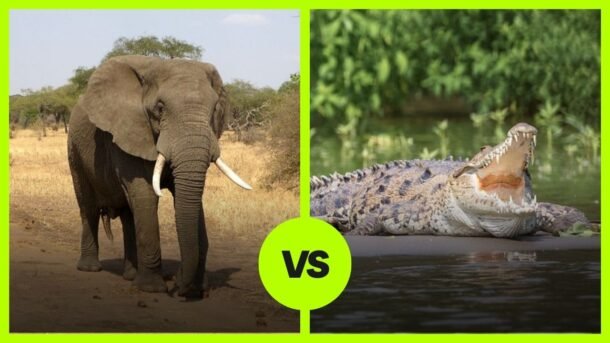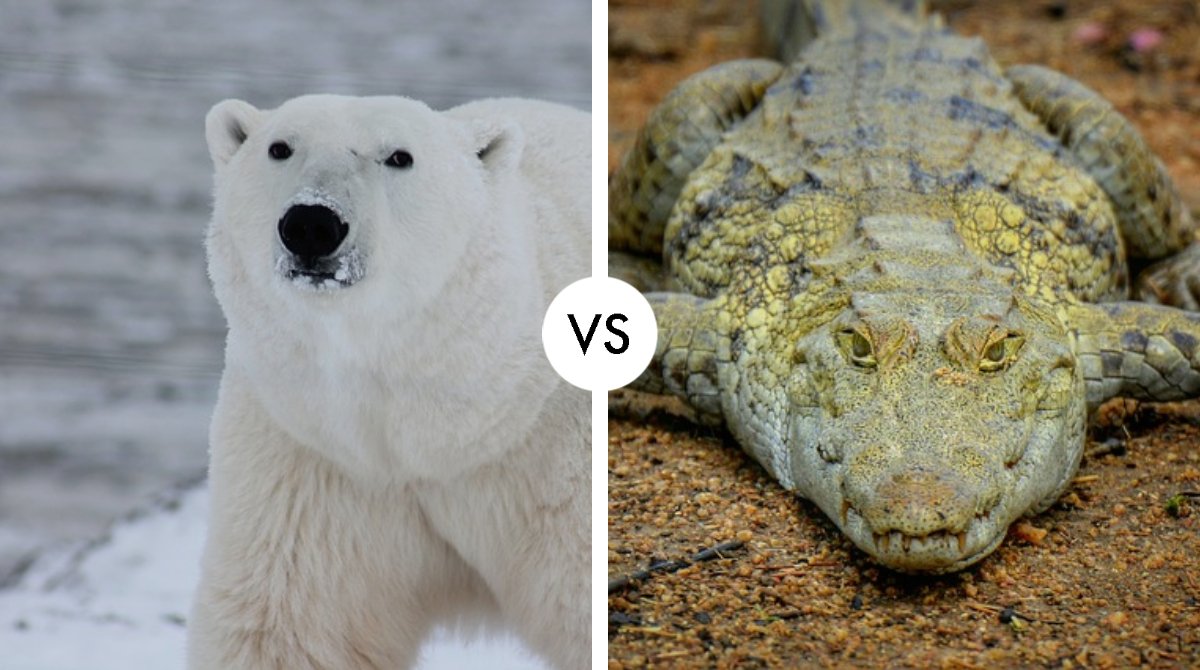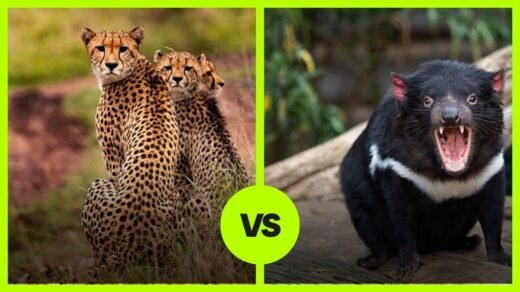Okay, hold onto your seats! What if, in some surreal but epic showdown, an Elephant faced off against a Crocodile? It sounds like the stuff of legends, doesn’t it? So who’d win, the giant of the African plains or the ancient aquatic predator?
The Competitors: Land Behemoth vs. Aquatic Stealth Master
Elephant: These are the largest land animals on Earth, folks! Adult African elephants can weigh between 4,500 and 14,000 pounds. They’re intelligent, social, and formidable.
Crocodile: Nile crocodiles are the crocs you’d typically find sharing a habitat with African elephants. Adult males can grow up to 16 feet long and weigh around 1,600 pounds. These guys are apex predators in their aquatic domains.
Meal Time: Herbivore vs. Carnivore
Elephant: Elephants are herbivores that eat a diet of leaves, bark, and fruits. They aren’t predators but don’t mistake their gentle eating habits for weakness. Elephants are known to be quite aggressive when provoked.
Crocodile: Crocs are opportunistic predators that will eat almost anything they can catch, from fish to zebras to wildebeest. Yes, they’ve even been known to attack elephants—usually young or sick ones.
Bull Elephant: The Unrivaled Colossus of the African Wilderness
In the diverse and dynamic ecosystem of the African savannah, the bull elephant stands as a symbol of sheer strength and dominance. While peaceful by nature, when provoked or in must (a period of heightened aggression and sexual activity), a bull elephant can become an unstoppable force, capable of overpowering formidable animals like buffaloes, rhinos, and even lions.

The Power of the Bull Elephant
African bull elephants, towering and robust, can weigh up to 14,000 pounds and reach heights of over 13 feet at the shoulder. Equipped with long, powerful tusks and an immensely strong trunk, they possess both the tools and the temperament to become fearsome combatants when challenged or threatened.
Potential Showdowns
- Elephant vs. Buffalo: Buffaloes are known for their own strength and resilience, often seen standing their ground against lions. However, in a confrontation with a bull elephant, the dynamics change drastically. The elephant’s massive size and strength, combined with the leverage of its tusks, can overpower a buffalo. A typical scenario might involve the elephant using its tusks to gore and lift the buffalo, followed by trampling. Such confrontations, though rare, underline the physical supremacy of the elephant.
- Elephant vs. Rhino: Rhinos, particularly the black and white species found in Africa, are among the few creatures that can physically challenge a bull elephant. However, the elephant still holds a size advantage. In these rare encounters, the elephant might use its tusks to strike and its sheer mass to push or knock the rhino off balance, potentially leading to severe injuries or even death for the rhino.
- Elephant vs. Lion: While lions are apex predators, an adult bull elephant is often beyond their hunting capabilities. Lions generally avoid adult elephants, but in unusual situations where a confrontation occurs, the elephant’s thick skin, size, and strength provide a formidable defense against the big cats.
How These Fights Unfold
A bull elephant, when it decides to attack, usually charges with incredible speed and force, using its tusks as weapons to gore and its feet to stomp. Its thick skin and sheer bulk make it resistant to counterattacks from horns or claws. The elephant’s strategy is typically to overpower its opponent quickly, using its mass and momentum to cause devastating damage.
Ethological Perspective
It’s important to note that these encounters are not common and usually occur under exceptional circumstances. Elephants, despite their immense power, are generally gentle giants and play a crucial role in maintaining the ecological balance. They are keystone species, essential for the health of their ecosystems.
Nile Crocodile: The Apex Predator of African Waterways
The Nile Crocodile, one of the most feared and respected predators in the African ecosystem, is a true master of its domain. These ancient reptiles, known for their remarkable strength and stealth, are capable hunters that can take down a variety of large prey, showcasing their prowess in the animal kingdom.

The Might of the Nile Crocodile
Nile Crocodiles are among the largest crocodile species in the world. Adult males can grow up to 16 feet in length and weigh as much as 1,600 pounds. Their most formidable weapon is their bite, which, backed by powerful jaws and sharp teeth, delivers one of the highest bite forces recorded in the animal kingdom.
Key Prey for the Nile Crocodile
- Zebras: Crocodiles often target zebras when they come to drink or cross rivers. These large mammals, while strong and fast, can be vulnerable in the water. Crocodiles typically use an ambush strategy, launching a sudden attack from beneath the water to drag the zebra under.
- Wildebeest: Similar to zebras, wildebeest are frequent targets during river crossings. Crocodiles take advantage of the chaos and density of herds to isolate and capture individual animals.
- Fish: Fish are a staple in the diet of Nile Crocodiles. They are adept at catching a variety of fish species, using their swift movement and powerful tails to navigate and ambush their aquatic prey.
- Buffaloes: Though less common, crocodiles have been known to attack young or weakened buffaloes that venture too close to the water. These attacks require a high level of strength and coordination, as buffaloes are large and powerful animals.
- Small Hippos and Young Elephants: On rare occasions, particularly large and bold crocodiles may attempt to prey on young hippos and elephants. These are risky hunts, given the protective nature of the adults in these species, but they demonstrate the crocodile’s ambitious predatory nature.
Hunting Strategies and Tactics
Nile Crocodiles are quintessential ambush predators. They rely on camouflage and patience, often remaining motionless and partially submerged for long periods. Once their prey is within reach, they strike with lightning speed, using their powerful jaws to grip and drag the animal underwater to drown it.
The Arena: A Riverbank in the African Savannah
The setting plays a big role here. A riverbank offers the crocodile its natural ambush turf but also gives the elephant solid ground for a powerful charge.
The Verdict: The King of Land or the King of the River?
Here’s the moment of truth:
- Elephant: 85%
- Crocodile: 15%
Let’s be real: While crocs are fearsome predators, an adult elephant’s sheer size and strength are almost insurmountable obstacles. Crocs have been known to attack young or weakened elephants but taking down a healthy adult? That’s a tall order!
For those fascinated by the animal kingdom, here are three recommended reads from our website that align with the themes we’ve discussed:
- Explore the dynamics of size and power in “Grizzly Bear vs. Elephant: The Titan Showdown of Land Giants”, a captivating analysis of two of nature’s most formidable creatures.
- Dive into the aquatic realm with “Crocodile vs. Hippopotamus: The River Rumble”, offering an intriguing look at the confrontation between these two iconic African animals.




